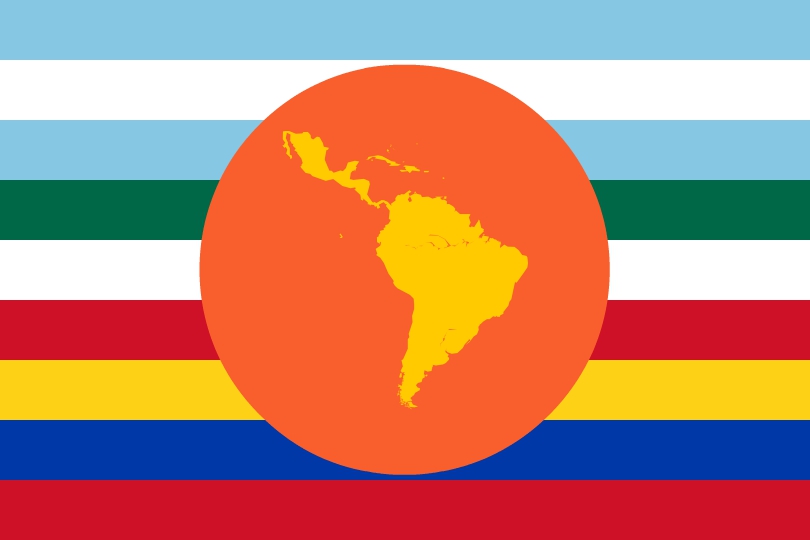Almost 350 million voters across Latin America and the Caribbean – close to three-quarters of all citizens in the region- will go to the polls this year.
Eleven countries will hold elections, and seven of them are set to have a new president by the end of the year; including the titans Brazil, Mexico and Colombia.
The upcoming Latin American election super-cycle will kick off on February 4, with general elections in Costa Rica. In March there will be legislative elections in El Salvador and Colombia. Followed by Costa Rican presidential run-off (if needed) and Paraguay’s general elections in April; in parallel with the Cuban parliamentary elections and presidential transition of power.
Later in May, Colombia will hold presidential election. By the beginning of July, Mexico will have an unprecedented set of elections (presidential, legislative, senatorial, gubernatorial (in nine states) elections, and it will elect the Head of Government of the Capital).

Finally, in the last quarter of the year, Brazil will hold presidential and legislative elections, as well as a presidential run-off. It is also expected that Venezuelans will go to the polls before the end of 2018 for a constitutionally required presidential election (in case it has not been scheduled earlier.)
The top 5
- Mexico will hold general elections on July 1. 3,416 government positions will be contested. Voters will choose a new president, senators, federal deputies, and 2,787 local positions. The elections will be the first-time independent candidates are permitted run for president; the first time all political parties have formed coalitions, and the first time Mexicans abroad will be able to vote for governors and mayors.
- Colombia will also experience historic elections this year. It will hold legislative elections on March 11 and the first round of presidential elections on May 27 (second round could be on June 17). FARC will be able to participate for the first time under their newly formed political party, and the implementation of the 2016 peace agreement will be under close scrutiny. At least 53 presidential candidates are running, many as independents.
- Brazil will face a complex election cycle until the October elections, as the largest country in the region has been shaken by a series of corruption scandals. Voters are currently sceptic and disconnected from their representatives and the political parties. The Brazilian Elections Tribunal is trying to produce new resolutions to address challenges around money in elections, controversial funding and corruption. The leading candidate is former president Lula da Silva, who was convicted of corruption and whose final candidacy is contingent on his appeal.
- In Cuba, Raul Castro is set to step down in April 2018 and the current First Vice President, Miguel Diaz-Canel, is expected to succeed him as president. However, Castro is expected to remain the Secretary-General of the Communist Party, thus retaining most of the decision-making power. Local elections (2017) are the only election process in which Cubans have a direct vote, but candidates were restricted to those approved by the regime.
- In the case of Venezuela, the country’s constitution mandates that current president Nicolas Maduro faces Presidental elections this year. However, analysts are not confident when the polls will be or if they will even take place. Many experts believe the vote could be scheduled for as early as the first quarter of 2018.